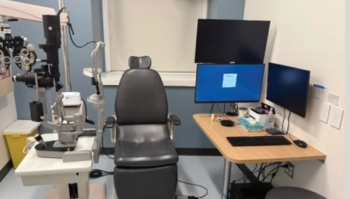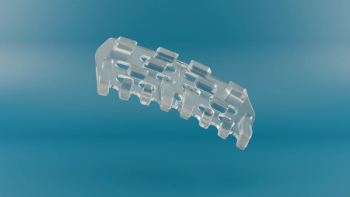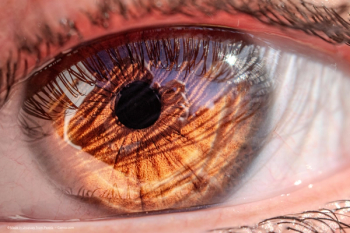
Should we perform refractive surgery in the glaucoma patient? NO
It is up to our refractive surgery colleagues to publish their results on such patients to allow us to put some, or all, of our questions to rest.
Key Points
Refractive surgery should not be performed in a glaucoma patient, even if glaucoma is well controlled or in a patient with ocular hypertension (a well known risk factor for glaucoma).
During LASIK, IOP can rise to more than 90 mmHg because of the suction applied to the eye,1 and this may result in some loss of optic nerve axons. Several cases of optic neuropathy after LASIK have been reported, possibly resulting from this sharp, transient IOP rise.2,3 Cases of visual field loss after LASIK have also been reported; these have been attributed to the transient rise in IOP during flap construction.4,5 Although the actual risk of microkeratome-induced IOP increase in glaucoma patients is uncertain, it is more prudent to avoid LASIK in patients with known glaucomatous optic neuropathy.
Further, steroids are sometimes, though not often, administered to refractive surgery patients to decrease corneal haze or to manage postoperative diffuse lamellar keratitis (DLK). The ocular adverse effects of steroids especially in patients with glaucoma are well established.
Postoperative imaging and diagnosis is also complicated in glaucoma patients opting for corneal refractive surgery.
The measurement of IOP becomes less reliable in corneal refractive surgery patients, even if applanation tonometry is corrected for central corneal thickness (CCT), because of other structural changes to the cornea after surgery. These changes are impossible either to predict or to correct with accuracy,6,7 thus IOP measurement, which is a cornerstone of glaucoma control, is weakened.
After LASIK, for example, fluid can accumulate in the flap interface, resulting in a condition similar to DLK in a small number of patients.8 The IOP in one such patient was recorded inaccurately low by Goldmann applanation tonometry at 3?mmHg OU, but Schiotz tonometry showed that the real pressure was in fact >50 mmHg OU.9 This illustrates the importance of close IOP monitoring after LASIK and the potential difficulty in measuring IOP in such patients, particularly because dangerous pressure elevation may be masked.
Other types of tonometers, like the pneumotonometer or the TonoPen, have generally been considered less accurate to measure IOP than Goldmann applanation tonometry, and we do not have good correction factors for these either.7 The dynamic contour tonometer (DCT), however, has shown some promise and may evolve in the future to be an important tool in our arsenal for IOP evaluation in such patients.
Evaluating stability or instability of glaucoma does not depend on IOP as the main parameter; it is also largely dependent on functional and morphological changes, as measured by optic disc photography, automated visual fields, as well as Heidelberg Retina Tomography (HRT), Optical Coherence Tomography (OCT) or scanning laser polarimetry (GDx). However, it has been shown that PRK, although maintaining the central visual field, may actually degrade the peripheral visual field, probably from the tissue ablation, creating a blurry zone in the peripheral cornea.10 Thus, interpretation of perimetry after PRK surgery becomes problematic, reducing the reliability of an essential test for follow-up of glaucoma patients. Furthermore, corneal birefringence can be altered after corneal refractive surgery, which may influence the accuracy of GDx measurements of the retinal nerve fibre layer (RNFL).11,12
Can we still implant phakic IOLs?
When considering whether a phakic IOL should be implanted in glaucomatous eyes, again I would say no. I am quite conservative in protecting the visual function of my glaucoma patients and would seek to avoid the increased risk from inflammation and surgical trauma associated with elective intraocular surgery. This could exacerbate glaucoma in the short- and long-term. Specific problems include surgical trauma to the trabecular meshwork and iris root, pupillary block, malignant glaucoma, Urrets-Zavalia syndrome, corneal decompensation and UGH-syndrome (uveitis-glaucoma-hyphaema). Though some of these conditions are treatable, some can cause irreversible damage to the ocular tissues or respond poorly to pharmacological treatment, and although modern lenses are finished to a high standard of quality, these risks remain potential and very real.
Newsletter
Get the essential updates shaping the future of pharma manufacturing and compliance—subscribe today to Pharmaceutical Technology and never miss a breakthrough.












































